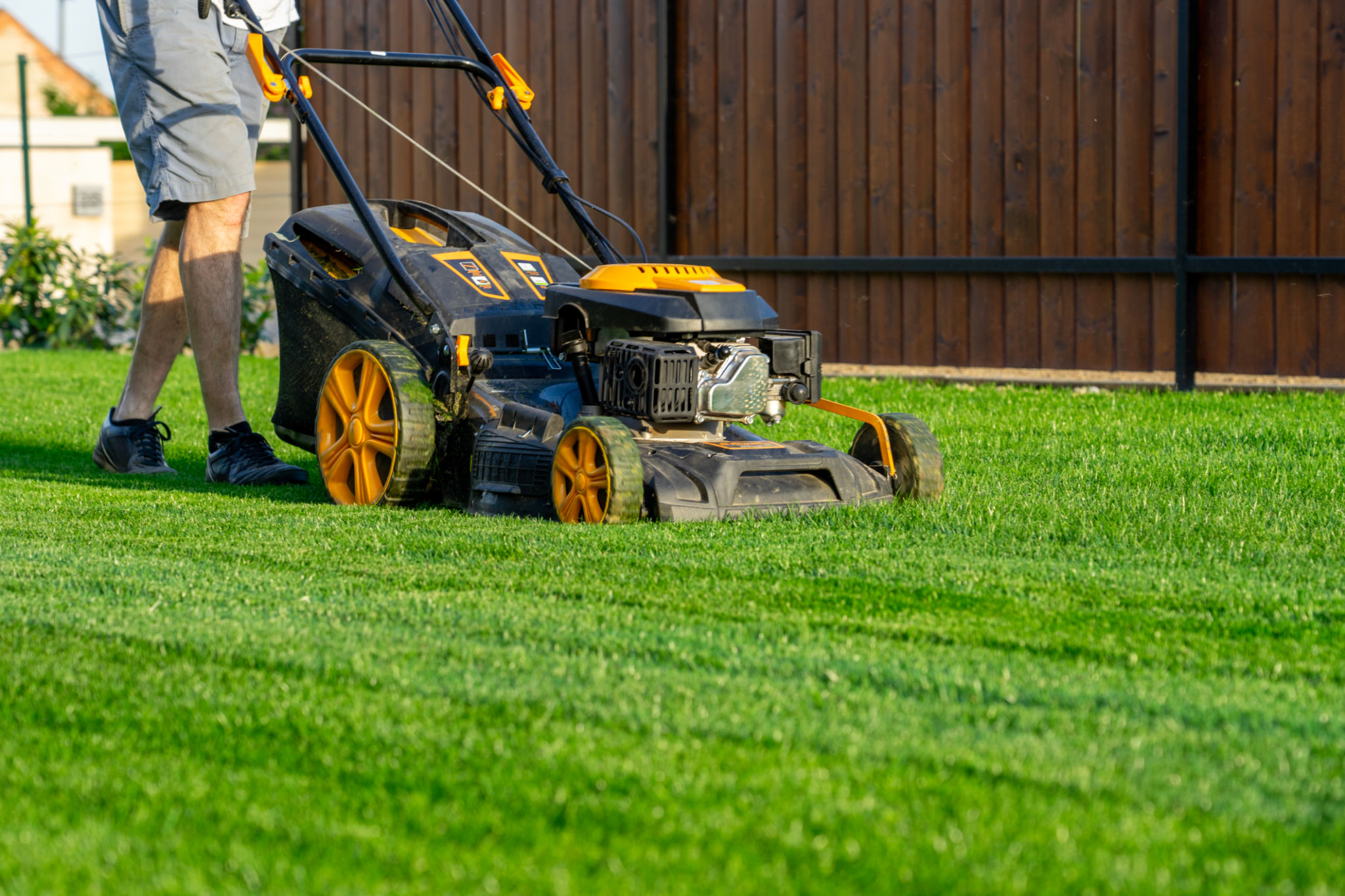How to Prepare Your Lawn for the Texas Summer Heat
Understanding the Texas Climate
Texas summers are notorious for their intense heat, with temperatures often soaring above 100°F. This can pose a significant challenge for maintaining a lush and healthy lawn. Understanding the climate and its effects on your grass is the first step in preparing your lawn for the summer heat. The key is to adapt your lawn care practices to withstand these conditions.
Before the high temperatures set in, it’s essential to evaluate your grass type. Different grasses have varying levels of heat tolerance. For instance, Bermuda and Zoysia grasses thrive in warm climates, making them ideal choices for Texas lawns. Identifying your grass type will guide you in adjusting your care routines accordingly.

Watering Wisely
Watering is crucial during the summer months, but it’s not just about quantity; timing and technique matter too. Aim to water your lawn early in the morning when temperatures are cooler and winds are calmer. This minimizes evaporation and ensures that water reaches the roots where it's needed most.
Consider implementing a deep watering schedule. By watering deeply but infrequently, you encourage the grass to develop deeper roots, making it more drought-resistant. Ideally, your lawn should receive about 1 to 1.5 inches of water per week, including rainfall.
Mowing Techniques
Mowing your lawn correctly is another essential aspect of preparing it for summer heat. During the hotter months, raise the cutting height of your mower. Taller grass provides shade for the soil, reducing evaporation and keeping roots cooler. This practice also helps prevent weed growth.

It’s advisable to mow frequently but remove no more than one-third of the grass blade at a time. This minimizes stress on the grass and maintains a healthy lawn. Sharpening your mower blades regularly will ensure clean cuts, preventing damage to the grass blades.
Fertilizing for Strength
Nourishing your lawn with the right fertilizers can significantly enhance its resilience against the harsh Texas sun. Choose a slow-release fertilizer that provides a steady supply of nutrients throughout the season. Apply fertilizer in late spring or early summer to give your lawn a boost before the peak heat arrives.
Avoid over-fertilizing, as this can lead to excessive growth and stress on the grass. Instead, focus on balanced nutrition that encourages healthy root development and overall turf strength.

Aeration and Soil Health
Soil health is fundamental for a thriving lawn, especially under extreme heat conditions. Aerating your lawn improves soil structure by allowing air, water, and nutrients to penetrate deeper into the roots. This process reduces soil compaction and promotes healthier grass growth.
Conduct aeration in spring or early summer for optimal results. In addition to aeration, consider testing your soil to determine its pH level and nutrient content, adjusting as necessary to maintain ideal growing conditions.
Pest and Weed Control
Pests and weeds can exacerbate the stress on your lawn during summer. Regular inspection and prompt action are vital to prevent infestations. Use environmentally friendly pest control methods whenever possible to protect beneficial insects.

Implement a weed control strategy that includes pre-emergent herbicides in early spring and spot treatments as needed throughout summer. Keeping weeds at bay reduces competition for resources and helps maintain a robust lawn.
By following these steps, you'll be well-prepared to protect your lawn from the Texas summer heat, ensuring it remains vibrant and healthy all season long.
